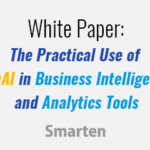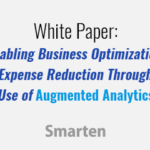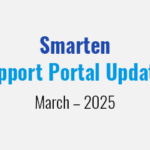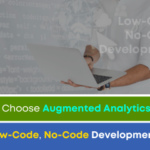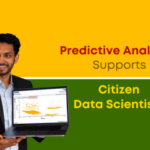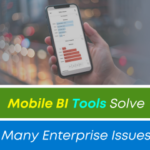This article should serve as a plea on behalf of the average business user!
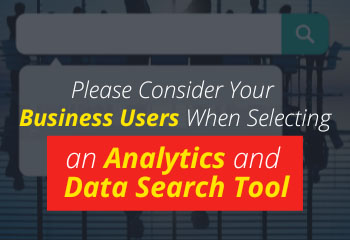
Business users are business professionals who have expertise in an industry or market arena or perform a function to support the ongoing operation of the business – professionals who may be front line workers on a production line, finance professionals, sales representatives, non-profit office workers, medical researchers, middle managers, regional managers for retail chains, transportation dispatchers or…well, you get the idea. These team members know their job and they do it well. But, they probably don’t have the technical skills to write a SQL query, or to filter out the columns and fields for an analytical search in order to get the results they need to make a decision.
If you want to improve results, ensure fact-based decisions, increase data literacy, improve productivity and collaboration and ensure great ROI and TCO (not to mention improving user adoption and user satisfaction), look for augmented analytics solutions with NLP AND context-driven search capability.
So, again, this article will serve as a plea on behalf of the average business user. When you choose an analytical tool to support the needs of your organization, choose a tool that is easy enough for every team member to use. If you want your business to improve productivity and data literacy, if you want to improve data democratization and you intend to provide self-serve analytical tools for use by the average team member, choose a tool that is designed to make life as easy as possible for each of those team members.
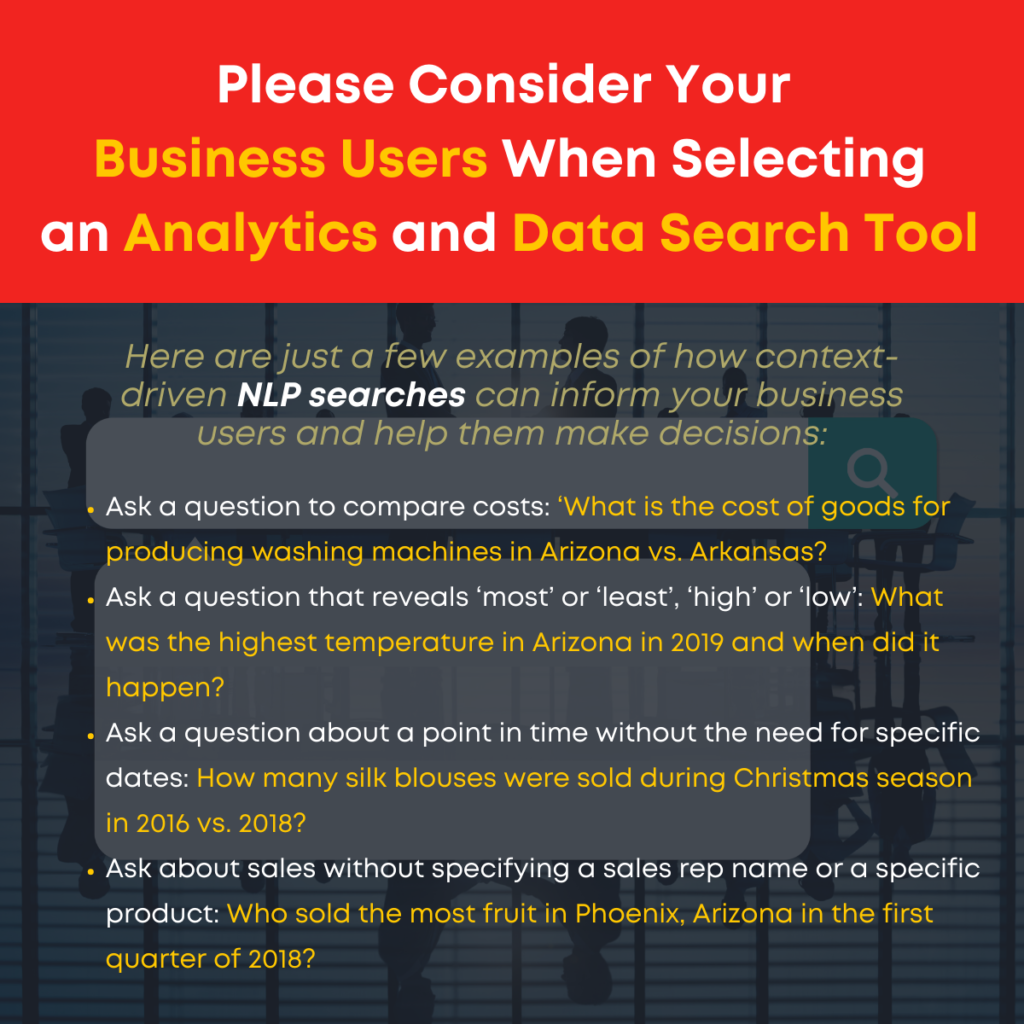
Every employee is also a consumer in the real world and they are used to easy tools. They know how to search for something on Google and get the results they need. The reason they can do this is simple: the tools provided for this purpose are designed for human interaction. You ask a question…you get an answer.
But, analytical tools often fail to provide that same support.
While there are plenty of analytical tools out there, and some great augmented analytical tools that offer guidance and suggestions to users, the concept of Natural Language Processing (NLP) may not be engaged in a way that supports the same Google type search mechanism.
And, when we take the NLP concept one step further and provide context, we give business users the ultimate, easy-to-use, analytical tool.
That tool will ensure that they adopt the technology and use it to make decisions every day, thus supporting rapid ROI and low TCO and improving productivity and fact-based decision-making.
Moreover, you will make your business users happy. No one wants to struggle to find the information they need to do their job or to find out after they make a decision that there was information that would have led them in a different direction and improved the outcome. But, business users are not IT professionals or data scientists. They know their job and they may be expert in legal issues, financial investment, sales, marketing or any number of other professional pursuits, but they don’t get paid to focus on technology. So, if you want to empower them and hold them accountable for their decisions, give them the tools they need to easily find information.
Ask a question…get an answer. Find the information you need and gain insight into issues.
Here are just a few examples of how context-driven NLP searches can inform your business users and help them make decisions:
- Ask a question to compare costs: ‘What is the cost of goods for producing washing machines in Arizona vs. Arkansas?
- Ask a question that reveals ‘most’ or ‘least’, ‘high’ or ‘low’: What was the highest temperature in Arizona in 2019 and when did it happen?
- Ask a question about a point in time without the need for specific dates: How many silk blouses were sold during Christmas season in 2016 vs. 2018?
- Ask about sales without specifying a sales rep name or a specific product: Who sold the most fruit in Phoenix, Arizona in the first quarter of 2018?
As you can see, this type of context-driven searching allows the average business user to ask a question, using standard human language and following a thought or concept they have, without having to translate this question into a system query or programming language. So, your users can do their job, get the answer they need to improve results and go on with their day.
That concludes my plea on behalf of your business users.
If you want to improve results, ensure fact-based decisions, increase data literacy, improve productivity and collaboration and ensure great ROI and TCO (not to mention improving user adoption and user satisfaction), look for augmented analytics solutions with Natural Language Processing (NLP) AND context-driven search capability.
Original Post : Please Consider Your Business Users When Selecting an Analytics and Data Search Tool!



